The faithful bird
With a youthful and ambitious face, Cao Quy Ha (born in 1985, from Ba Don ward, Ba Don town), an employee of the Animal Rescue Department, Rescue Center, Conservation and Development of Organisms, PN-KB National Park, excitedly told us about the initiative "Pairing and nesting for breeding hornbills at the wildlife rescue area of PN-KB National Park".
According to Cao Quy Ha, the PN-KB National Park wildlife rescue area is the largest rescue area in the Central region. It has invested in building a complete infrastructure to serve the rescue of wildlife species, and has been put into operation since 2021. Every year, the rescue area receives and rescues many endangered and rare wildlife species such as carnivores, primates, reptiles and many species of birds. Among them, the Hornbill is one of the endangered and rare species that need priority protection in the Government's IB group.
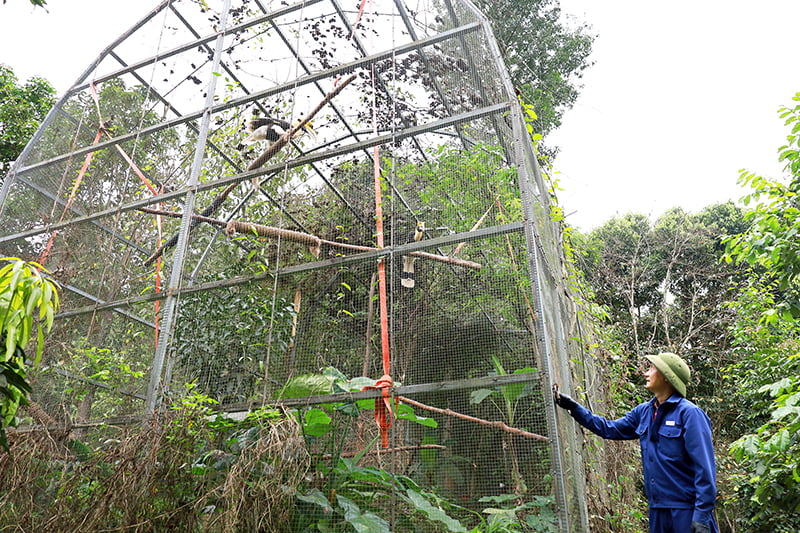 |
With more than 10 years of working at PN-KB National Park, Mr. Quy Ha said that this bird species often appears near the Ho Chi Minh Trail West branch. The Hornbill lives mainly in mountainous areas, where there are many suitable foods. In August 2023, the Center for Rescue, Conservation and Development of Organisms, in coordination with other units, successfully released 2 Hornbills into the natural environment. This is the first time the Hornbill has been released into the natural environment in Vietnam.
Hornbills are famous for their fidelity and the way they find a mate. When they are adults, male birds will “give gifts” such as: animal carcasses, tree branches, animal bones, etc. to conquer female birds. Hornbills live in flocks but only form monogamous pairs. When their mate dies, the remaining individual will live alone for the rest of their lives. Hornbill pairs often nest in hollows in tall trees. After laying eggs, the mother bird will stay in the nest for 3-4 months to incubate the eggs and take care of the chicks. What is special is that after the female enters the nest, the exit will be sealed, leaving only a small gap for the male to put food in.
| The Hornbill, also known as the ground phoenix (Buceros bicornis), is one of the rare animals being cared for and rescued at PN-KB National Park. The Hornbill can live up to 50 years in good living conditions. They are the largest members of the Hornbill family, with adults reaching up to 1.2m in length, with a wide wingspan and weighing 2-4kg. They stand out with their large, curved beaks and colorful colors with three main colors: white, jet black, and bright yellow. In particular, the Hornbill has a monolithic beak and cap on the top of its head, accounting for 11% of its body weight. This species is an omnivore, its main food is fruit, especially figs. In addition, they also hunt insects, small animals such as lizards and mice. |
However, the ongoing hunting and trade of Hornbill beaks and horns, coupled with the increasingly narrowing habitat, has seriously threatened the survival of this rare bird species. Therefore, the conservation and breeding of this bird species has become increasingly urgent.
“Based on the rescue mission of the department, I proposed a solution to pair and build a breeding nest for the Hornbills to improve the effectiveness of the rescue work. The basic purpose of that solution is to create a natural environment in the semi-wild cage so that the Hornbills can choose to pair up with each other to breed,” Mr. Quy Ha added.
Pairing for Hornbills
Mr. Cao Quy Ha said that in the world, there are some countries, such as India, Indonesia... that have conducted experiments to build nests on tall trees in the wild to give the Hornbill many options to stimulate the reproductive instinct to maintain the breed in the face of the current situation of the decreasing number of this bird species. In Vietnam, the PN-KB National Park Wildlife Rescue Area is the first place to build a model of pairing and nesting for the Hornbill to reproduce in a rescue environment.
To implement this solution, it is necessary to have a complete infrastructure first, which is the cage system. In particular, the construction of a large-sized and long-distance flight cage is an extremely favorable condition for breeding pairs for Hornbills. Moreover, receiving and rescuing this bird species with a small number and the same sex is an obstacle to the work of selecting breeding pairs.
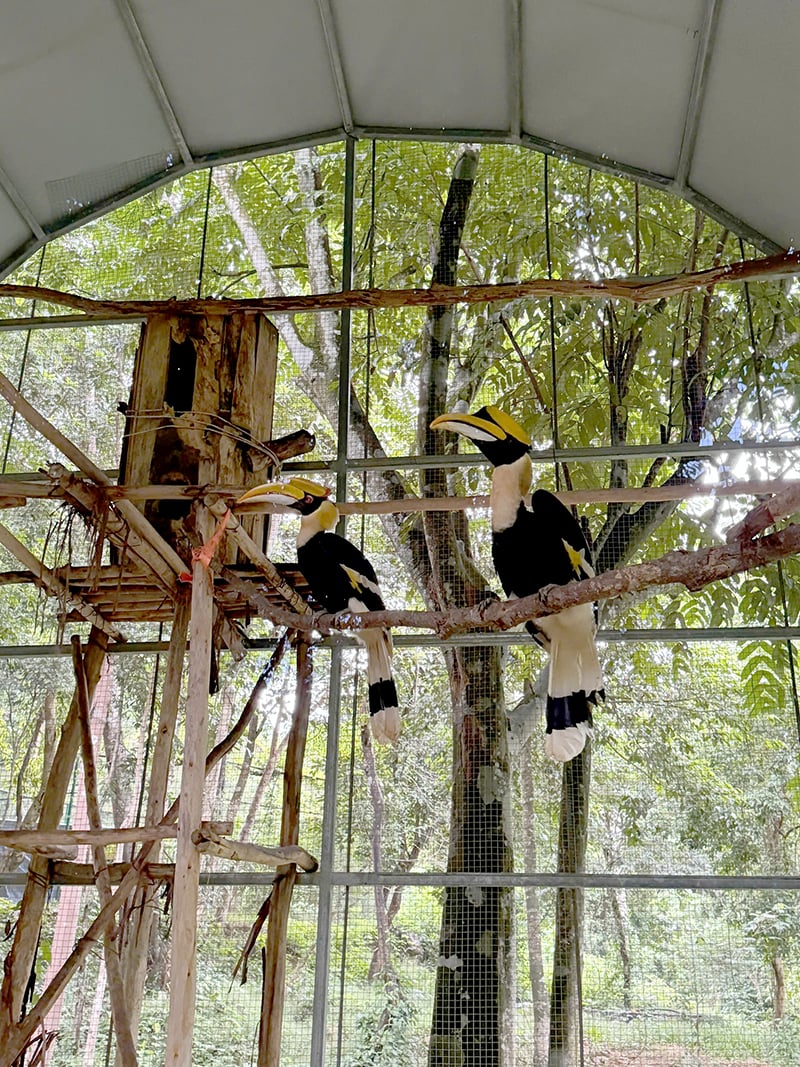 |
In 2024, the animal rescue center will take care of 5 hornbills that were received by local people and transferred from the Hanoi Wildlife Rescue Center. These individuals have both male and female, are in good health, and the completion of the cage system is a favorable condition for implementing this solution.
| In 2023, Mr. Cao Quy Ha successfully completed his mission with a solution and initiative recognized by the Initiative Review Board of the PNKB National Park Management Board: "Combining monkeys in the animal rescue area after quarantine to improve their ability to integrate into the wild after release". The purpose of that solution is to create a herd environment for individual monkeys so that after being released into the wild, they can live in the combined herd. |
“Based on the growth characteristics of the Hornbill, my colleagues and I built a cage, nest and mated this bird. Currently, in the rescue area, a pair of Hornbills have been successfully mated. Daily observations show that their performance is very good. When eating, they often pick up food and preen each other's feathers. In particular, this couple has paid attention to the nest hole on the simulated hollow tree stump. In their free time, they often peck at the tree stump, making the nest hole bigger and bigger. The mating time is from March 2024. Due to the characteristic of this bird species of living in pairs and being faithful for life, choosing a mate is a long-term process that needs to be continued to be monitored,” said Mr. Cao Quy Ha.
Director of the Center for Rescue, Conservation and Development of Living Creatures Tran Ngoc Anh said that pairing up individual Hornbills in a rescue environment will help them increase their ability to reintegrate into the natural environment after release. This solution is successful, the male and female pair can reproduce to create a new generation, which is an extremely valuable point for rescue work. Cao Quy Ha's initiative has contributed to improving the effectiveness of rescue and conservation work for animals at the center in particular and PN-KB National Park in general.
Minh Van
Source: https://baoquangbinh.vn/xa-hoi/202504/chang-trai-8x-lam-ong-moi-cho-chim-hong-hoang-2225979/


![[Photo] Hanoi is brightly decorated to celebrate the 50th anniversary of National Reunification Day](https://vphoto.vietnam.vn/thumb/1200x675/vietnam/resource/IMAGE/2025/4/29/ad75eff9e4e14ac2af4e6636843a6b53)

![[Photo] Demonstration aircraft and helicopters flying the Party flag and the national flag took off from Bien Hoa airport](https://vphoto.vietnam.vn/thumb/1200x675/vietnam/resource/IMAGE/2025/4/30/b3b28c18f9a7424f9e2b87b0ad581d05)
![[Photo] Ho Chi Minh City residents "stay up all night" waiting for the April 30th celebration](https://vphoto.vietnam.vn/thumb/1200x675/vietnam/resource/IMAGE/2025/4/30/560e44ae9dad47669cbc4415766deccf)
![[Photo] Ho Chi Minh City: People are willing to stay up all night to watch the parade](https://vphoto.vietnam.vn/thumb/1200x675/vietnam/resource/IMAGE/2025/4/29/cf71fdfd4d814022ac35377a7f34dfd1)
![[Photo] General Secretary attends special art program "Spring of Unification"](https://vphoto.vietnam.vn/thumb/1200x675/vietnam/resource/IMAGE/2025/4/29/e90c8902ae5c4958b79e26b20700a980)
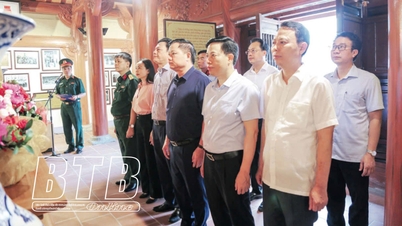
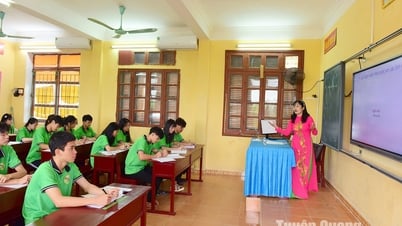


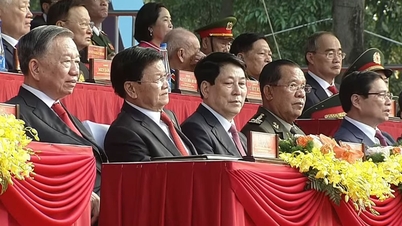
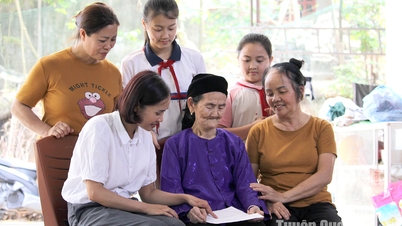




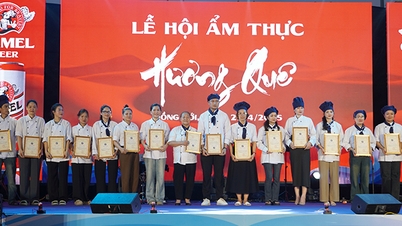
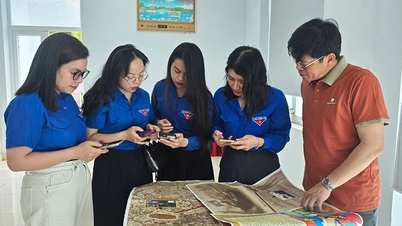
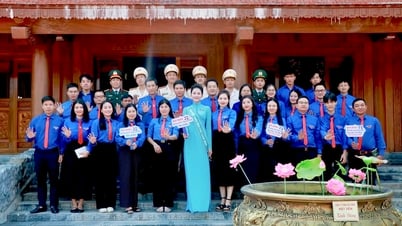



















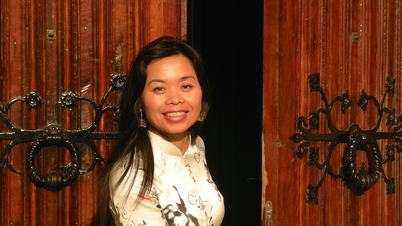































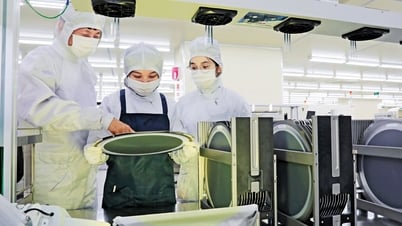



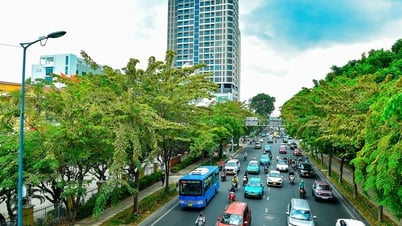

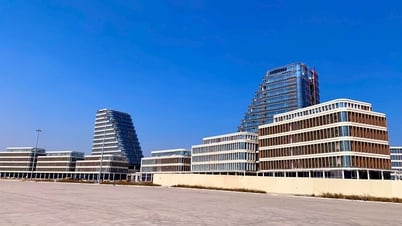










Comment (0)